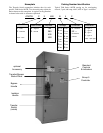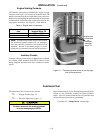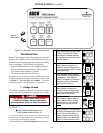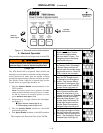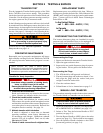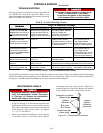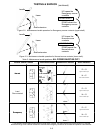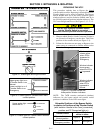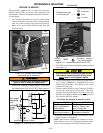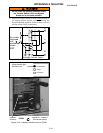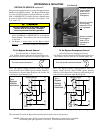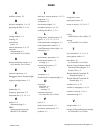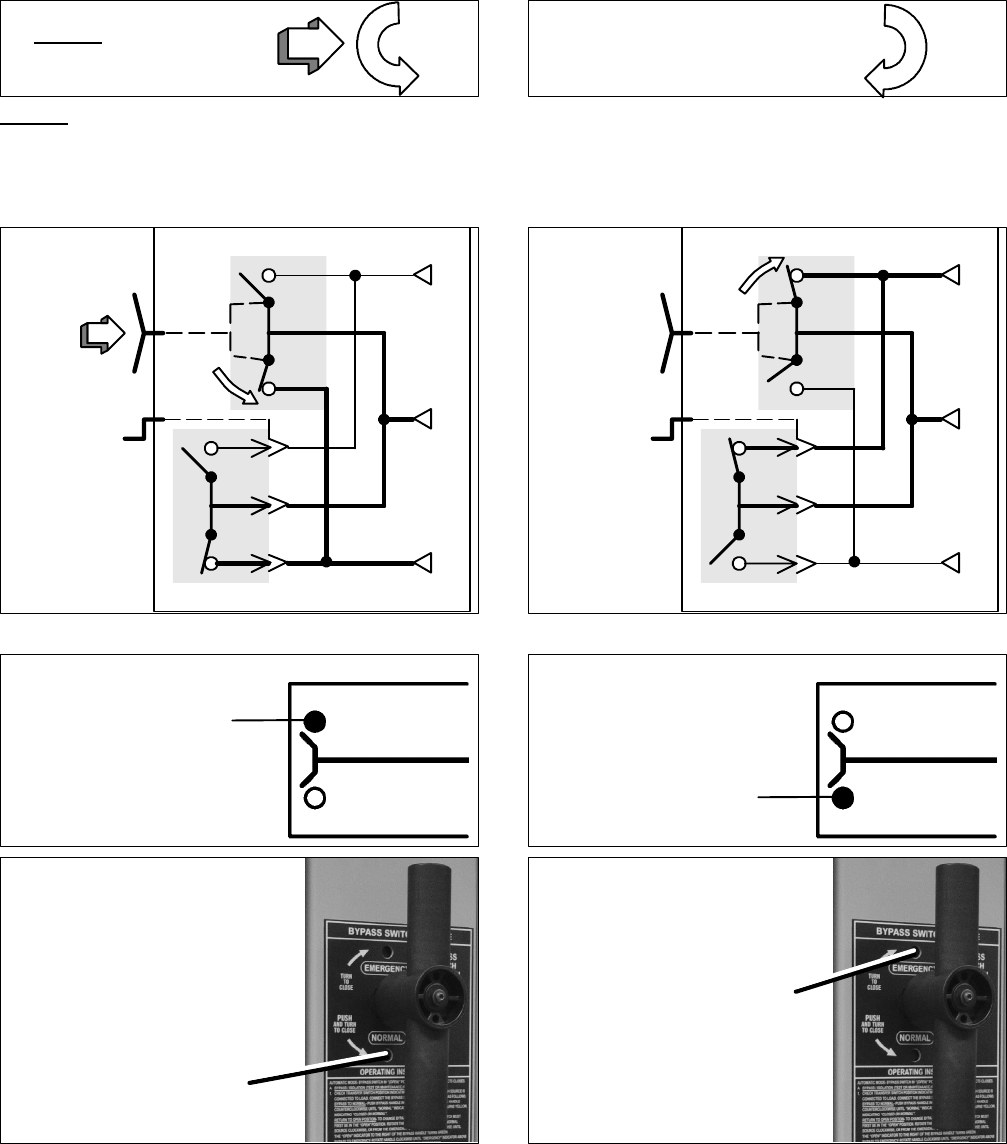
BYPASSING & ISOLATING
(continued)
3 --- 2
To Bypass Normal Source* To Bypass Emergency Source*
(Load connected to Normal Source)
The Transfer Swit ch Connected To Normal light is on
and Transfer Switch Connected To Emergency light is off.
(Load connected to Emergency Source)
The Transfer Switch Connected To Emergency light is on
and Transfer Switch Connected To Normal light i s off.
Push in
thehandleand
turn it counterclockwise.*
Turnthehandleclockwise.*
Push in* the Bypass Handle all the way, then turn it
counterclockwise until Bypass Switch Position shows
closed on NORMAL (yellow window indicator). The
green light Bypassed to Normal will come on and t he
amber light Not In Automatic will flash.
E
L
N
Push in
Bypass
Handle
and
turn it
counter-
clockwise.
ATS
Bypass Switch
Figure 3–5. Bypass to Normal diagram.
BYPASS SWITCH
BYPASSED TO NORMAL
BYPASSEDTO EMERGENCY
Upper green
light comes on
Lower window indicator
NORMAL shows yellow
Figure 3–6. Status light and window indicator for
Bypassed to Normal Source.
Turn* the Bypass Handle clockwise until Bypass Switch
Position shows closed on EMERGENCY (yellow window
indicator). The red lightBypassed to Emergency will come
on and the amber light Not In Automatic will flash.
E
L
N
ATS
Bypass Switch
Turn
Bypass
Handle
clock-
wise.
Figure 3–7. Bypass to Emergency diagram.
BYPASS SWITCH
BYPASSED TO NORMAL
BYPASSEDTO EMERGENCY
Lower red
light comes on
Upper w indow indicator
EMERGENCY shows yellow
Figure 3–8. Status light and window indicator for
Bypassed t o Emergency Source.
The automatic transfer switch can now be put in the TEST or OPEN posit ion. See ISOLATING on page 3–3.
*NOTE: When Accessory 40*B (reversed Normal & Emergency connections)
is specified, the handle operation is reversed. Follow instructions on the door.



